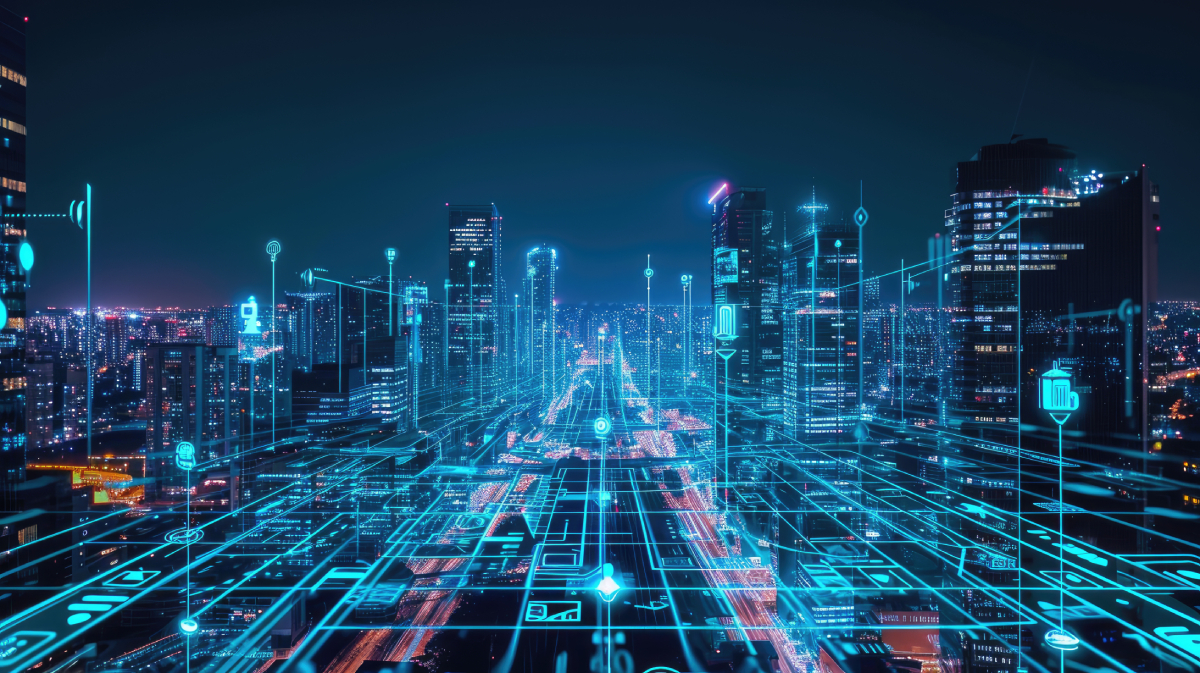Ben Schein, Senior Vice President of Product at Domo, explores how to navigate AI-assisted cyber attacks in the evolving internet landscape.
An integral and omnipresent part of daily life, the internet continues to serve us with seamless communication, and connectivity across a plethora of platforms and devices. By keeping a keen eye on the world’s data use over the last decade, we’ve learnt that data is ever-changing and certainly not showing any signs of losing momentum. However, the advent of artificial intelligence (AI)-assisted cyber attacks introduces fresh challenges, impacting how businesses navigate and interact with the continually evolving realm of data-driven technologies.
The world’s internet use
At Domo we found that as of November 2023, the internet represents 5.2 billion people, which is approximately 64.6% of the global population. Research further shows that the total amount of data predicted to be created, captured, copied, and consumed globally in 2023 was 120 zettabytes, a number predicted to grow to 181 zettabytes by 2025. Notably, this shines a light on how the world’s internet population is continuing to soar year on year.
Not only are more people using the internet now, but the content we access online has undergone a huge transformation. From sending a quick email, and looking up a new recipe, to checking the latest news at the touch of a screen, it’s clear that data drives our daily lives. In the past 11 years, the number of Google searches every minute has increased by 215% – a result of 6.3 million searches happening every minute. Markedly, the rise of new technologies over the past year has also introduced permanent changes in the way the internet will be used going forward.
The proliferation of AI
Over the past year, the central role of AI has become difficult to ignore. From its remarkable ascent, rapid advancements and widespread integration across various industries, AI truly signals a transformative era in technology. Multiple organisations are now leveraging the potential of AI to develop new offerings for customers: from Spotify’s AI DJ, developments to virtual assistants like Siri and of course chatbots such as ChatGPT.
These new AI-powered technologies have allowed people to increasingly involve AI in both their personal and business lives. With many people now relying on intelligent technologies to enhance decision-making processes, consolidate tasks, and uncover innovative solutions for efficiency and productivity.
Given the novelty of this technology however, there is little research on the mainstream usage levels of AI before this year. But Domo’s data reveals thatChatGPT users sent 6,944 prompts per minute in 2023, meaning a staggering 416,640 prompts were sent every hour and over 9.9 million every day. This increase in user engagement highlights the swift and eager adoption of AI into everyday interactions, signifying a transformative change in how individuals incorporate and welcome this state-of-the-art technology.
How AI is causing an increase in cybersecurity threats
A particularly important finding from the report manifests in the unprecedented surge of cybersecurity threats since the initial Data Never Sleeps research conducted in 2013. While the 2013 report emphasises that only 2 million emails were sent every minute, showcasing a notable contrast from the staggering 241 million sent in 2023. Intertwined with this is also the fact that there were 30 Distributed Denial of Service (DDoS) attacks launched by cybercriminals each minute in 2023.
We must be aware that as internet usage grows, so does the risk of cybersecurity threats. The need for increased awareness and strong protective measures to prevent potential cyberattacks and breaches on businesses and individuals is more crucial than ever. Although AI has helped many to improve their productivity and efficiency levels over the last year, it can also be abused when in the hands of bad actors. AI is being increasingly employed in cyber attacks, enabling malicious actors to execute more sophisticated and adaptive ambushes, ranging from leveraging machine learning algorithms for evasive manoeuvres to automated phishing schemes, posing a daunting challenge to traditional cybersecurity defences.
As cybersecurity concerns become impossible to ignore, it’s time for users and businesses alike to prioritise advanced digital security measures to ensure the protection of their online activities. Keeping an eye on the evolution of internet use over the next year will also be key, as companies begin to anticipate technological and societal shifts.
As connectivity continues to advance, we can also expect an increased reliance on the high-speed networks that foster seamless interactions and faster data exchanges. Furthermore, changing online behaviours, influenced by global events and cultural shifts, anticipate changes in the kinds of content consumed and the methods of communication employed. Overall, in the coming year, we are likely to witness the continued evolution of internet use, indicative of faster connectivity, technological advancements, and evolving user preferences, alongside the increased investment of advanced security measures to protect against the growing threats that AI and its developments bring forth.


